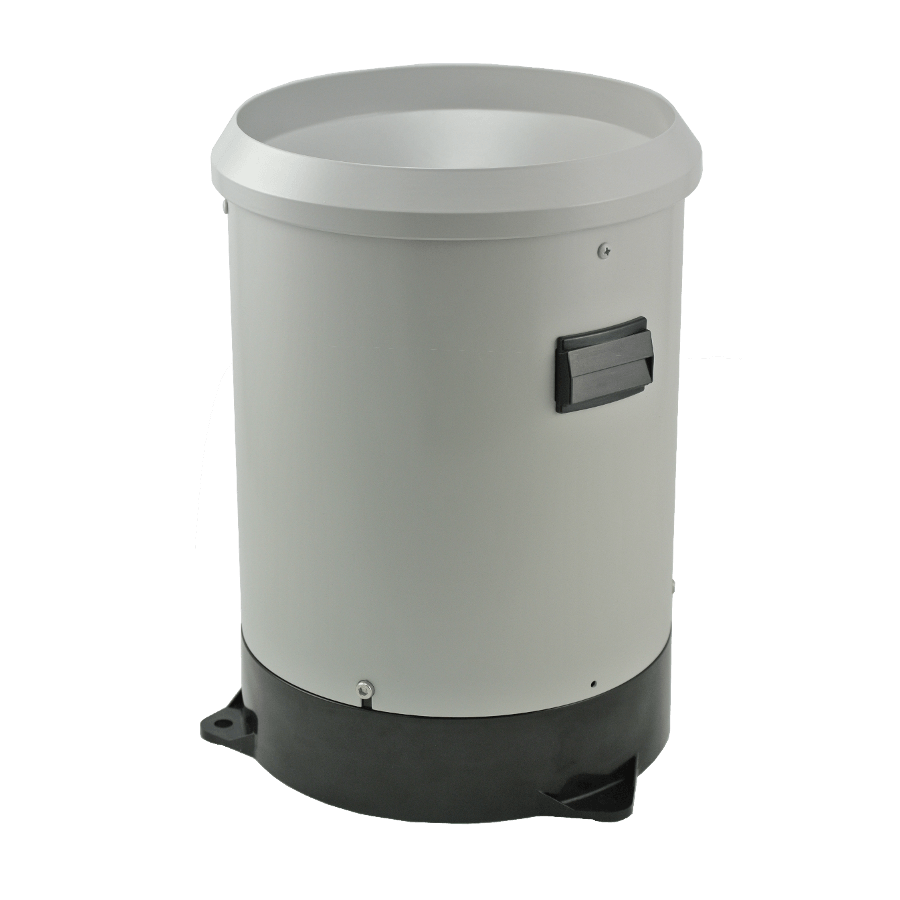

Official measures are taken to the closest hundredth of an inch, while many inexpensive analog rain gauges are labeled to the tenth of an inch. The way a device is marked has an impact on your accuracy. The rain gauge aperture should be at least 4 inches in diameter, which is why many devices have huge funnels on top. The structure of a gauge has a gauge on its accuracy. It should be constructed in such a manner that the water does not evaporate, since this may affect your real measurements and result in an error. Some rain gauges are composed of stainless steel, while others are made of polycarbonate, aluminum, or copper, among other materials. It changes depending on how much precipitation it can hold. A gauge is typically shaped like a beaker, although it may alternatively be shaped like a bottle. It is important to consider the design of various rain gauges before making a purchase. They’re a lot less handy, but they’re a lot more accurate. To collect a reading, you’ll need to stand in front of the gauge, and in heavy rain, you’ll need to take multiple readings throughout the day. Even snowfall may be measured with analog devices. The official way of measuring rainfall is using an analog gauge, and models like the Stratus Precision are built to official specifications for use in scientific applications. Traditional gauges that flow water into a graded and calibrated cylinder are known as analog rain gauges. They may also fill up too slowly and under-measure with mild rain. You’ll receive accurate readings, but the tipping buckets will fill up fast as the rain rate rises, and they probably won’t keep up in certain instances. Once a certain weight of water is achieved, typically equal to 0.01 inches, the gauge funnels rain into tiny cups that tip back and forth. A “tipping bucket” design is the most typical mechanism for digital gauges. To take a measurement using a digital rain gauge, you don’t have to be at the gauge itself. The Buyer’s Guide Types of wireless rain gauges Digital A 12- to 24-hour weather prediction is also available from this system.

You can remain alert to hazardous lightning strikes and excessive rains with the AcuRite station with a rain gauge and lightning detector. So do the comparison table and buying guide below. This post will concentrate on the top 5 wireless rain gauges to assist you in selecting the best one for your requirements and budget. Wireless rain gauges are often complex technological devices. It all relies on how you want to utilize the gear. This question does not have a one-size-fits-all solution. They enable you to evaluate data from past months or years, as well as keep track of the circumstances around you. The finest rain gauges may be an important piece of equipment for weather lovers, farmers, and amateur gardeners. It displays the amount of rainfall that has been recorded in millimeters. It keeps track of how much rain falls in your garden/lawn, avoiding droughts, conserving water by avoiding overwatering, and saving money on your energy conservation. udometer, ombrometer, pluviometer) is a device that measures the quantity of liquid precipitating (rain) in a certain period of time per unit area. How do you calculate the amount of rain that has fallen and how long has it been raining? Rain gauges can be the ideal tools for the job.Ī rain gauge (a.k.a. Nobody wants to be caught off guard by the rain if they haven’t planned ahead of time. Rain is unheard of, and it may fall at any moment if thick clouds linger in the sky.


 0 kommentar(er)
0 kommentar(er)
